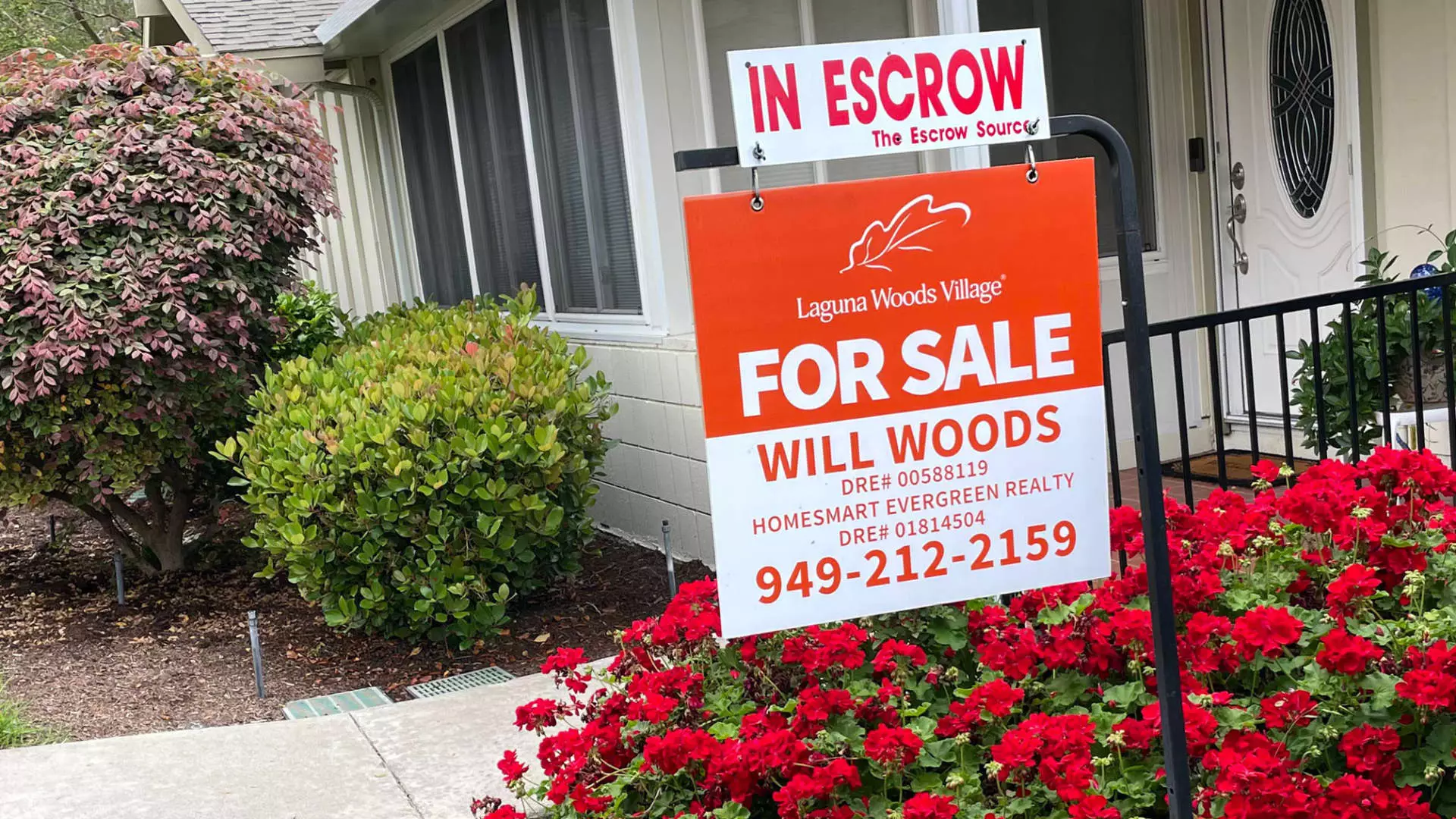The real estate market in the United States is currently experiencing significant challenges, as evidenced by the data released by the National Association of Realtors regarding signed contracts on existing homes. The figures reveal a concerning 5.5% drop in December when compared with the previous month and a substantial 5% decline year-over-year. This downturn comes after a period of four consecutive months of gains, illustrating a volatile market characterized by fluctuating buyer demand and external economic pressures. This metric—referred to as pending sales—is crucial, as it serves as one of the best indicators of future closings and overall market activity.
One of the primary factors contributing to this drop in home contracts is the sharp increase in mortgage interest rates. The average rate on a 30-year fixed mortgage climbed dramatically from a low of 6.68% in early December to a high of 7.14% within a mere two weeks. Such a rise can drastically impact buyer behavior, as potential homeowners may find their purchasing power diminished. Many realtors have suggested that buyers were adapting to a “new normal” of higher interest rates; however, crossing the 7% threshold appears to trigger a psychological barrier. This is particularly relevant because a considerable portion of potential buyers hesitates when confronted with elevated mortgage costs, thereby dampening overall market activity.
The decline in pending sales is not uniform across the country, with notable regional disparities emerging. The West and Northeast regions, notorious for their high home prices, experienced the most significant monthly declines, with reductions of 8.1% and 10.3%, respectively. These regions often bear the brunt of affordability issues exacerbated by rising mortgage rates. Chief economist Lawrence Yun highlights that job gains are more influential in driving sales within more affordable markets, indicating a possible divide in recovery based on regional economic conditions. External factors, such as severe winter weather, could further complicate the timing of home purchases, rendering January’s data particularly unreliable.
Persistent High Home Prices and Market Dynamics
Despite the visible slowdown in sales activity, home prices have remained stubbornly high, continuing to rise even as buyer demand wanes. The S&P Case Shiller national home price index indicates that annual gains accelerated during late fall and early winter, setting the stage for potential affordability crises moving forward. Interestingly, while homebuying demand has not shown signs of recovery in January, mortgage applications have dropped by 7% compared to the same time last year, signaling a broader reluctance among consumers to engage with the market.
Prolonged Selling Times and Inventory Growth
A new report from Redfin provides further alarming insights, noting that homes are selling at the slowest rate in over five years. The analysis reveals that, as of late January, typical home listings were languishing unsold for an average of 54 days—a substantial increase, reflecting broader market hesitance. Interestingly, this slowdown is accompanied by a significant rise in housing inventory. Seller activity appears to be surging, with newly listed homes rising over 37% in January compared to December. This increase in supply could further depress home prices and challenge sellers facing longer periods on the market without successful sales.
The real estate market’s current challenges—spurred by rising mortgage rates, rising home prices, and shifting buyer sentiment—demonstrate a complex and evolving landscape that both buyers and sellers must navigate. Understanding these dynamics is crucial for prospective homeowners and industry stakeholders alike, as the housing market continues to fluctuate amidst broader economic pressures. Without strategic adjustments, particularly in addressing affordability and buyer confidence, the outlook for the housing market may remain troubled in the months to come.

